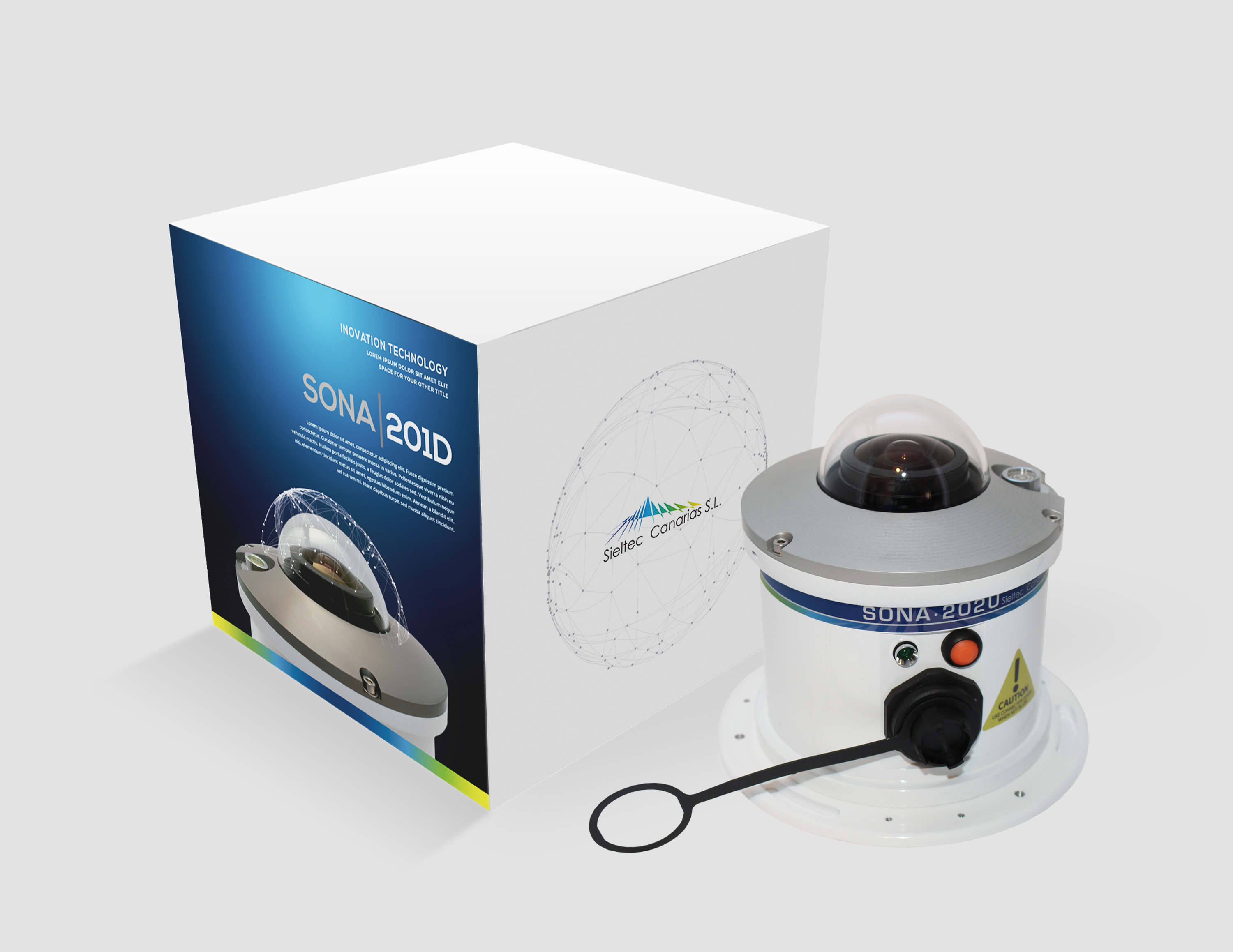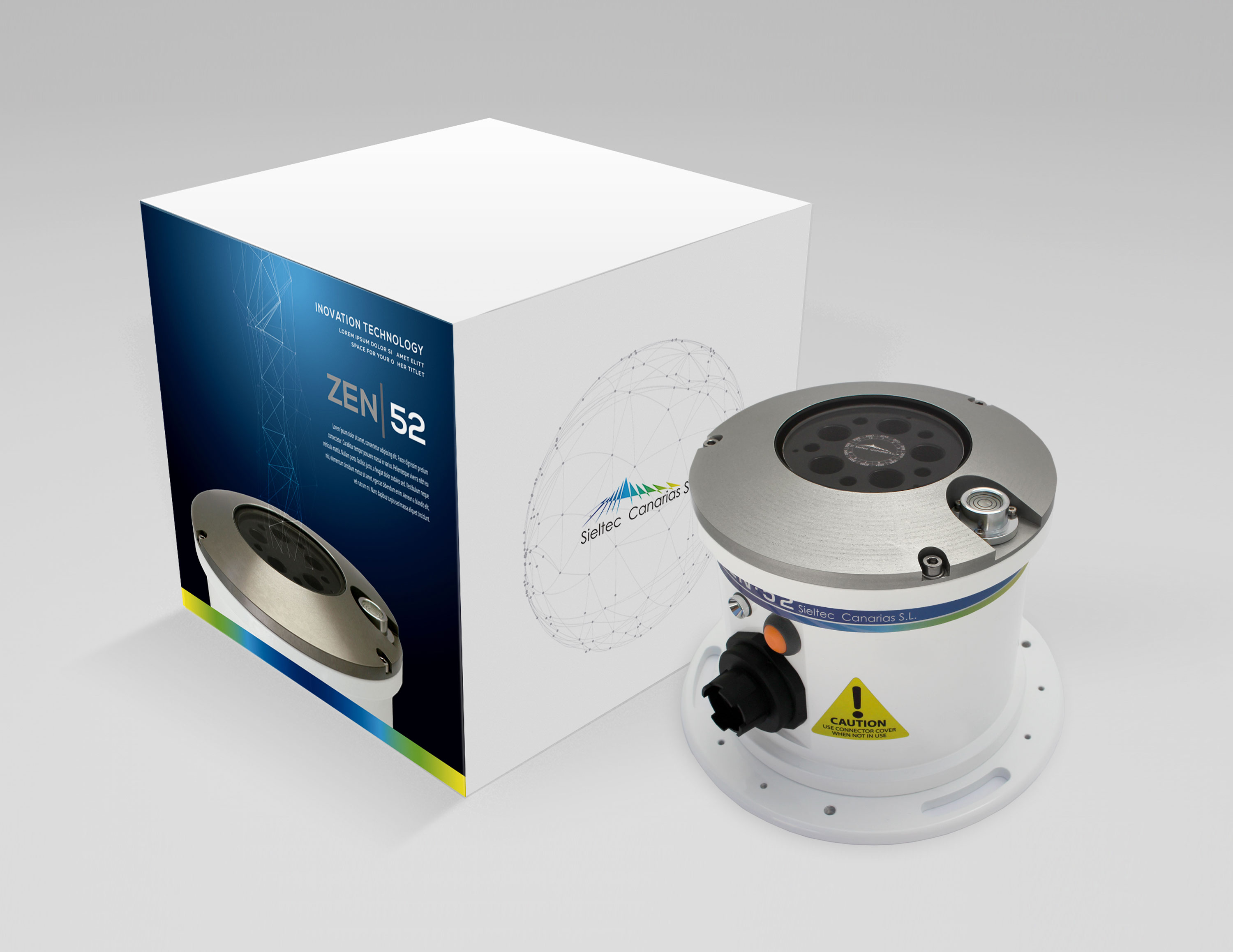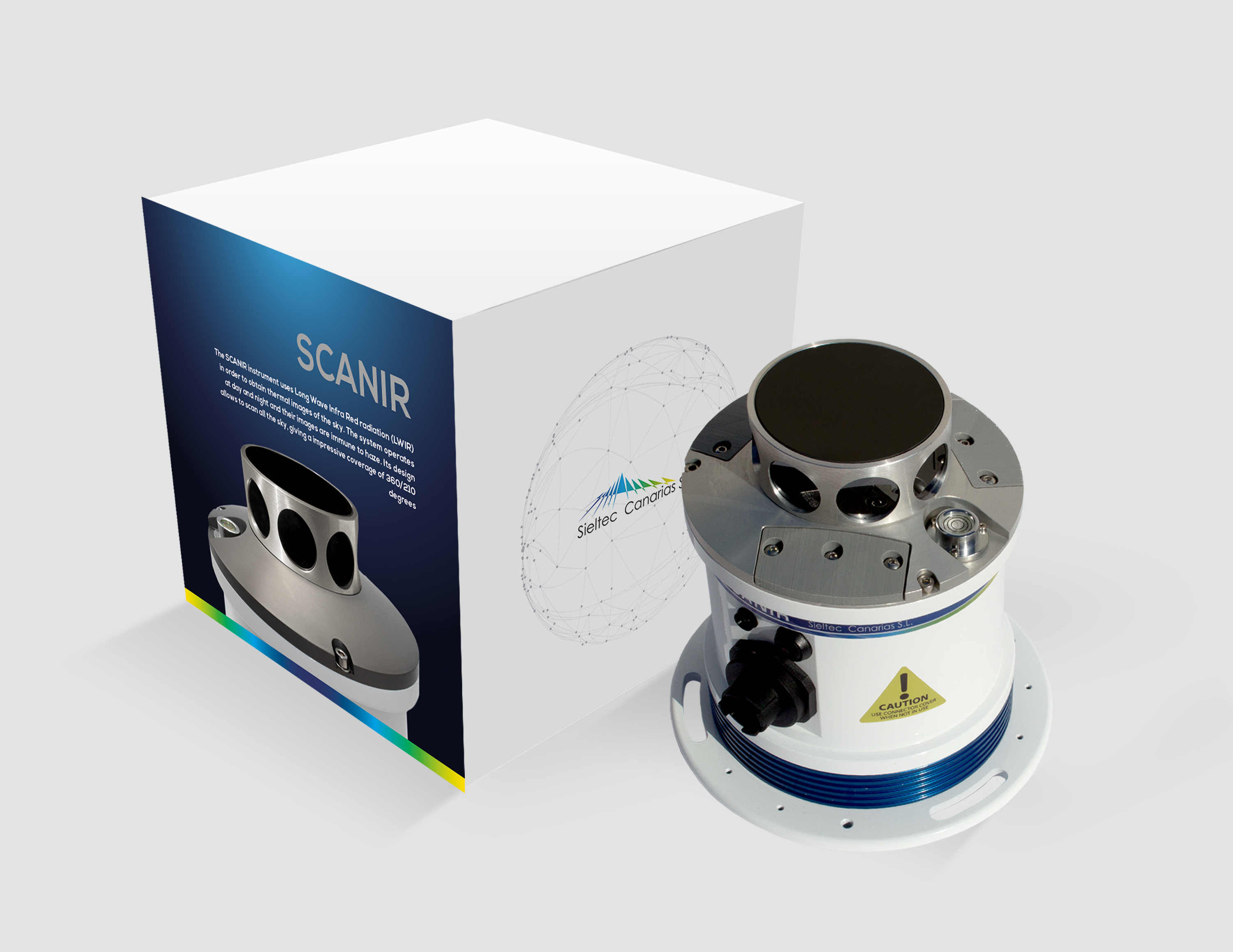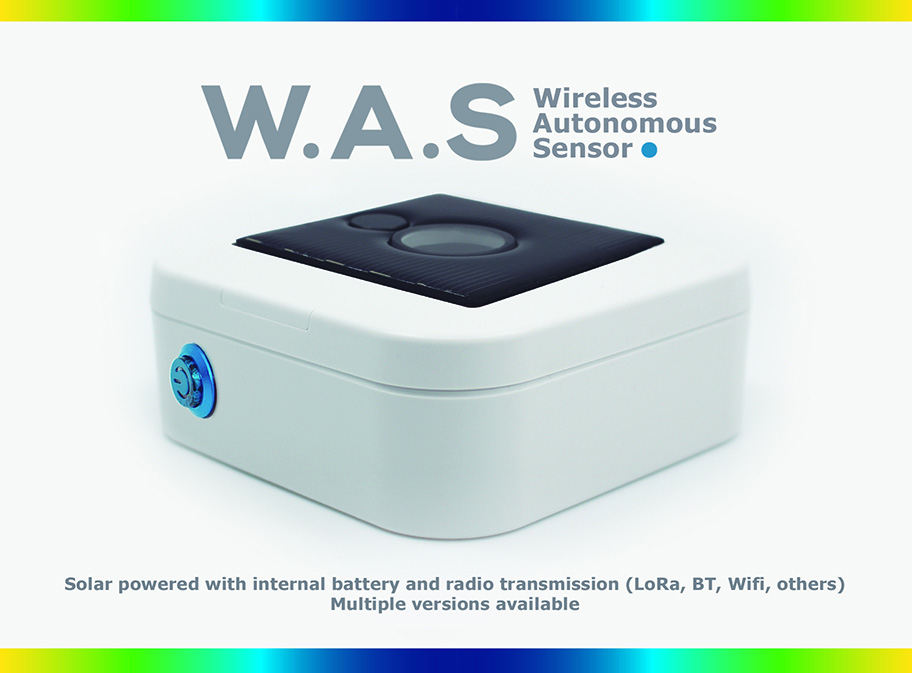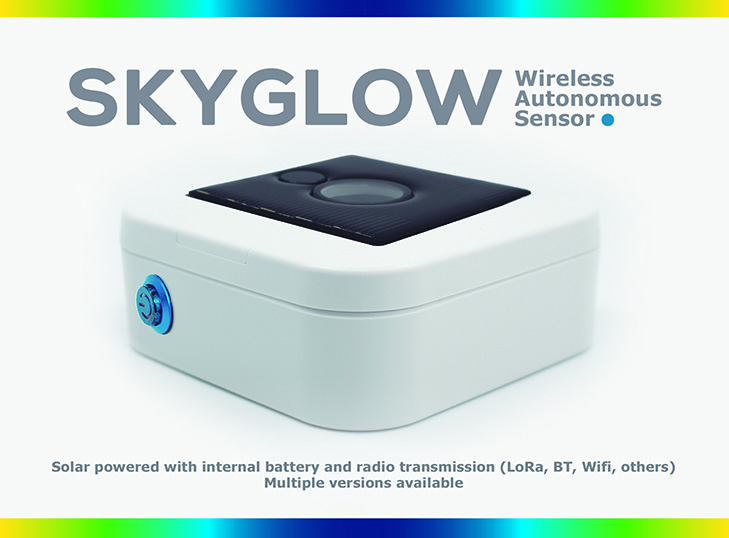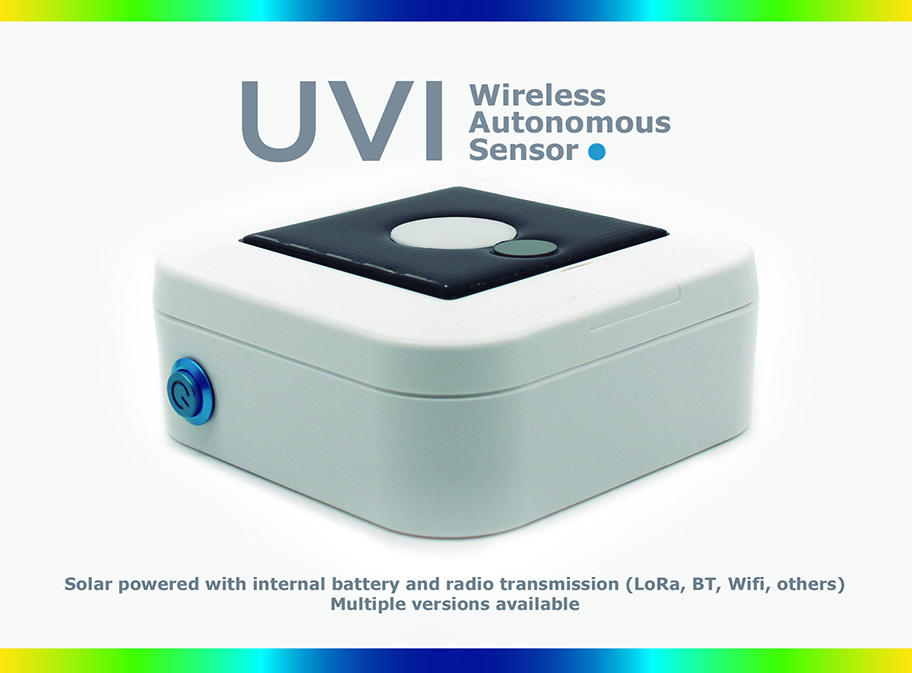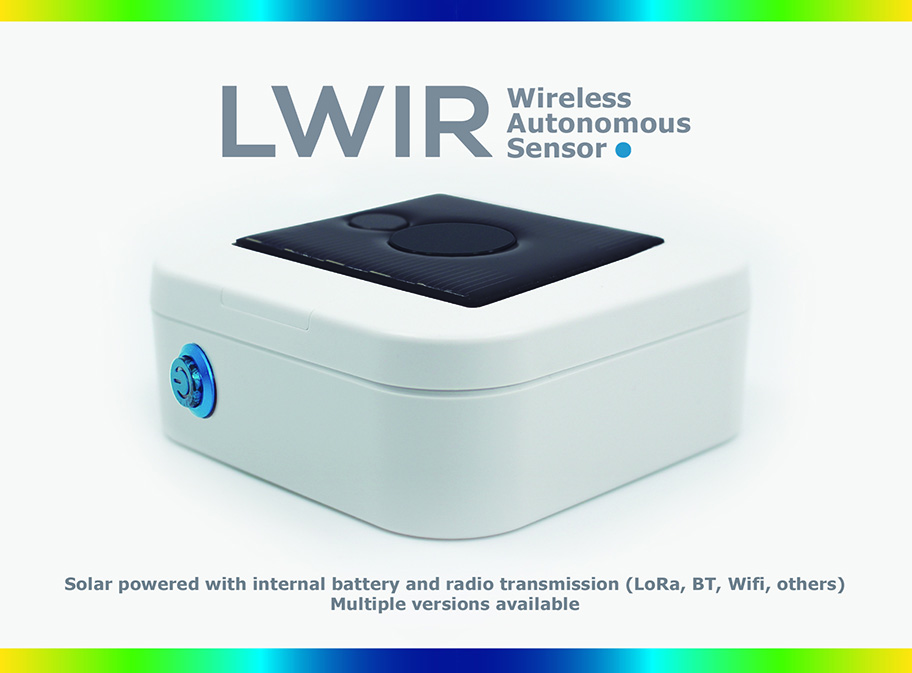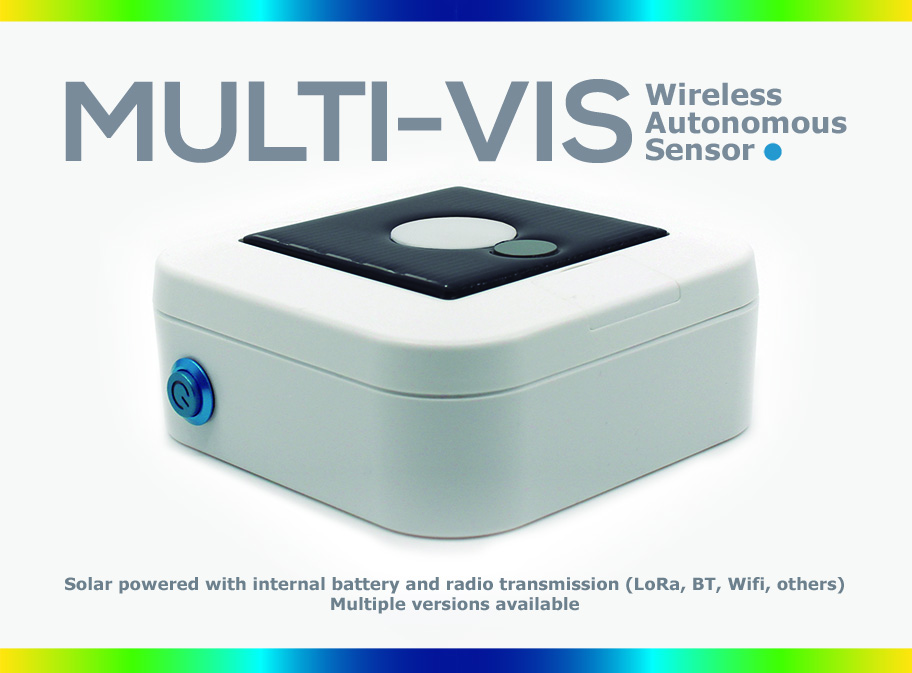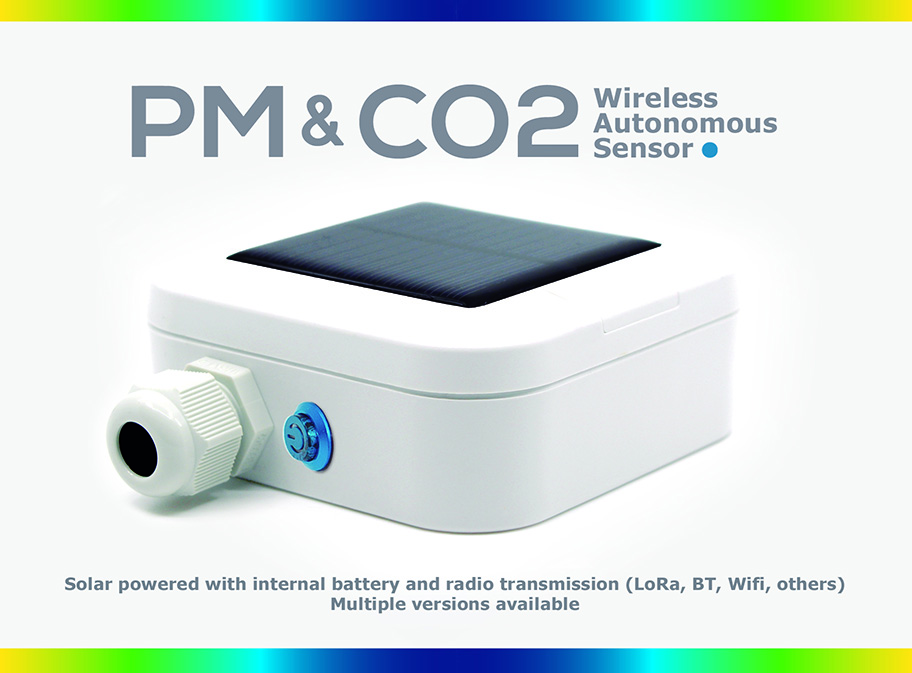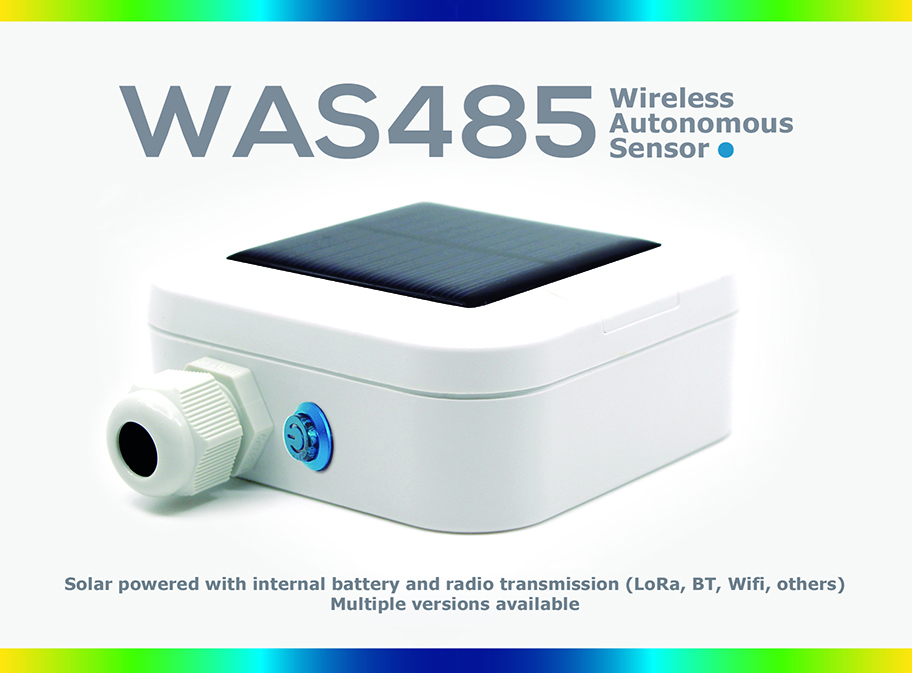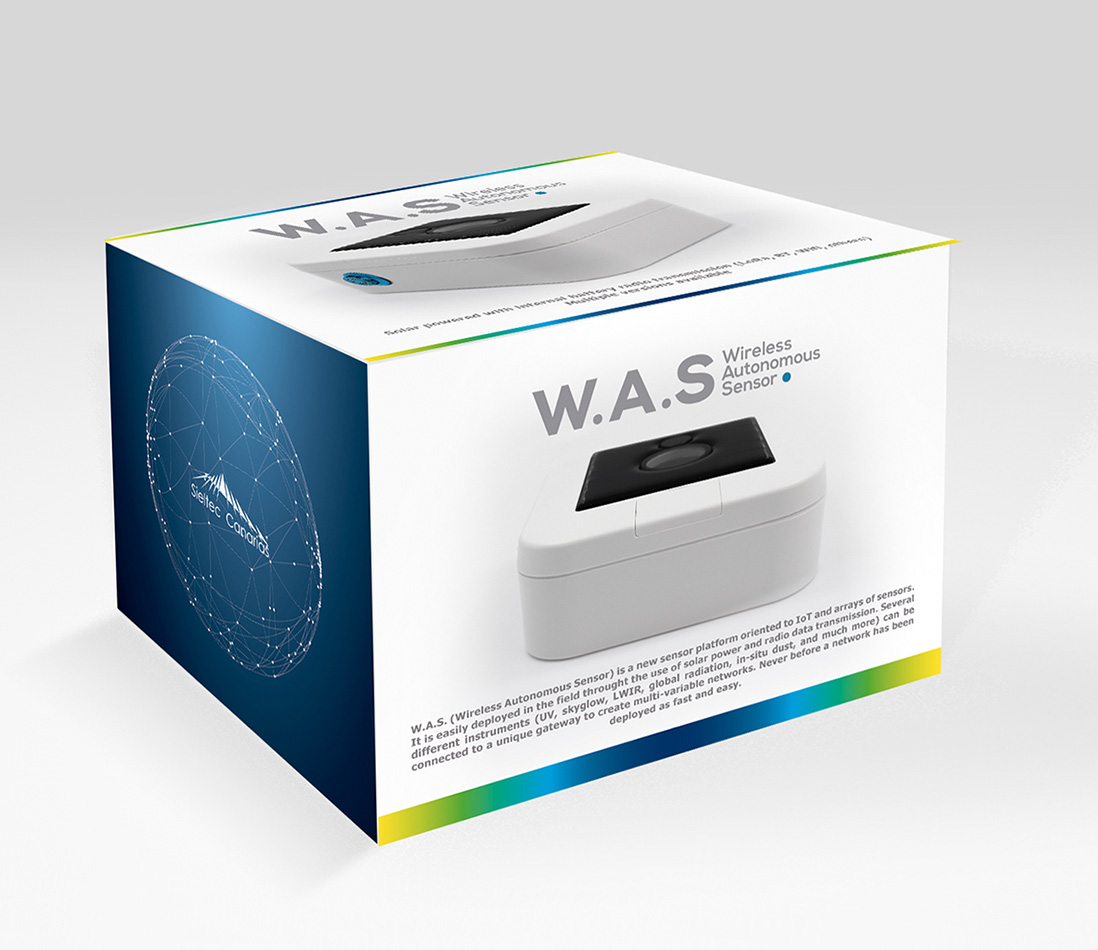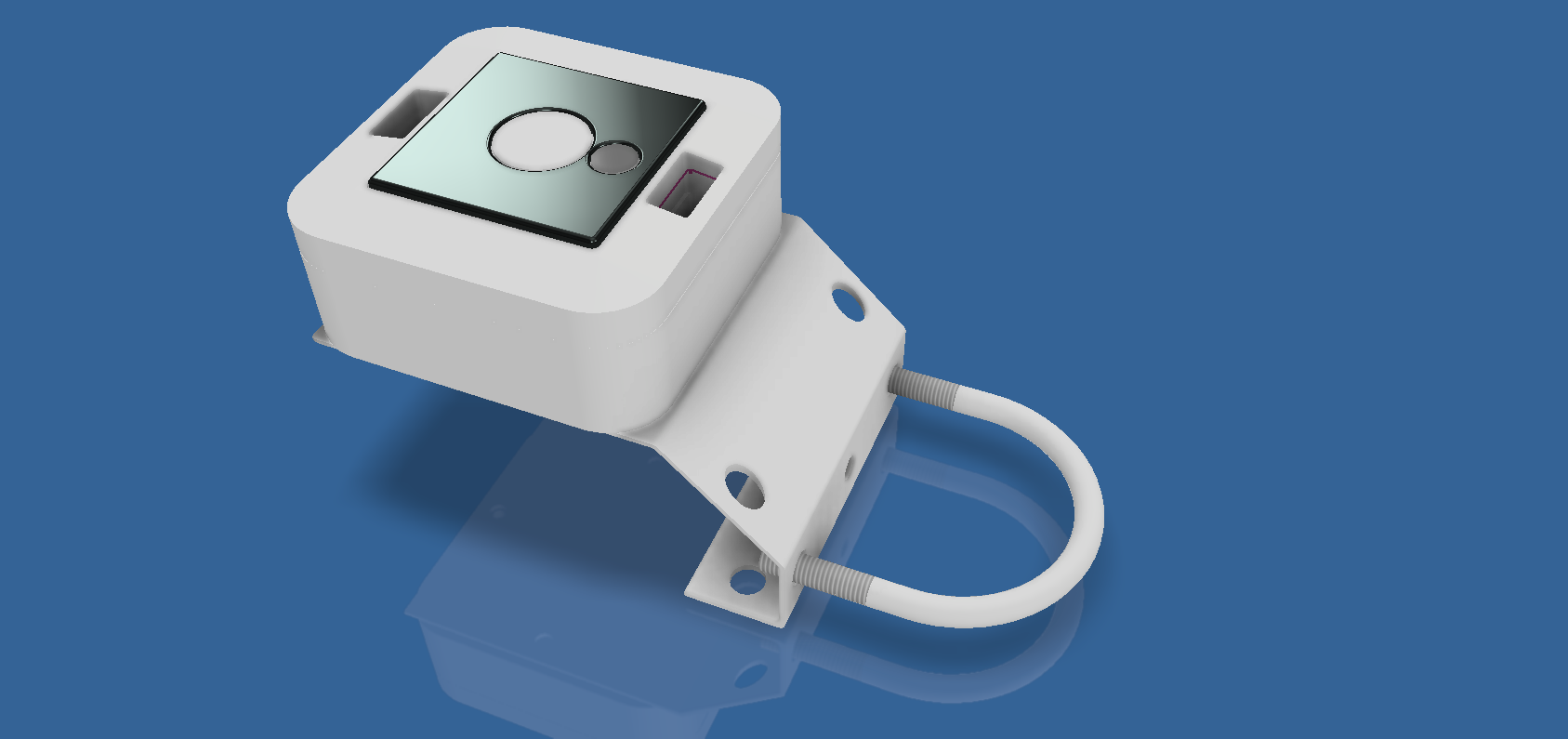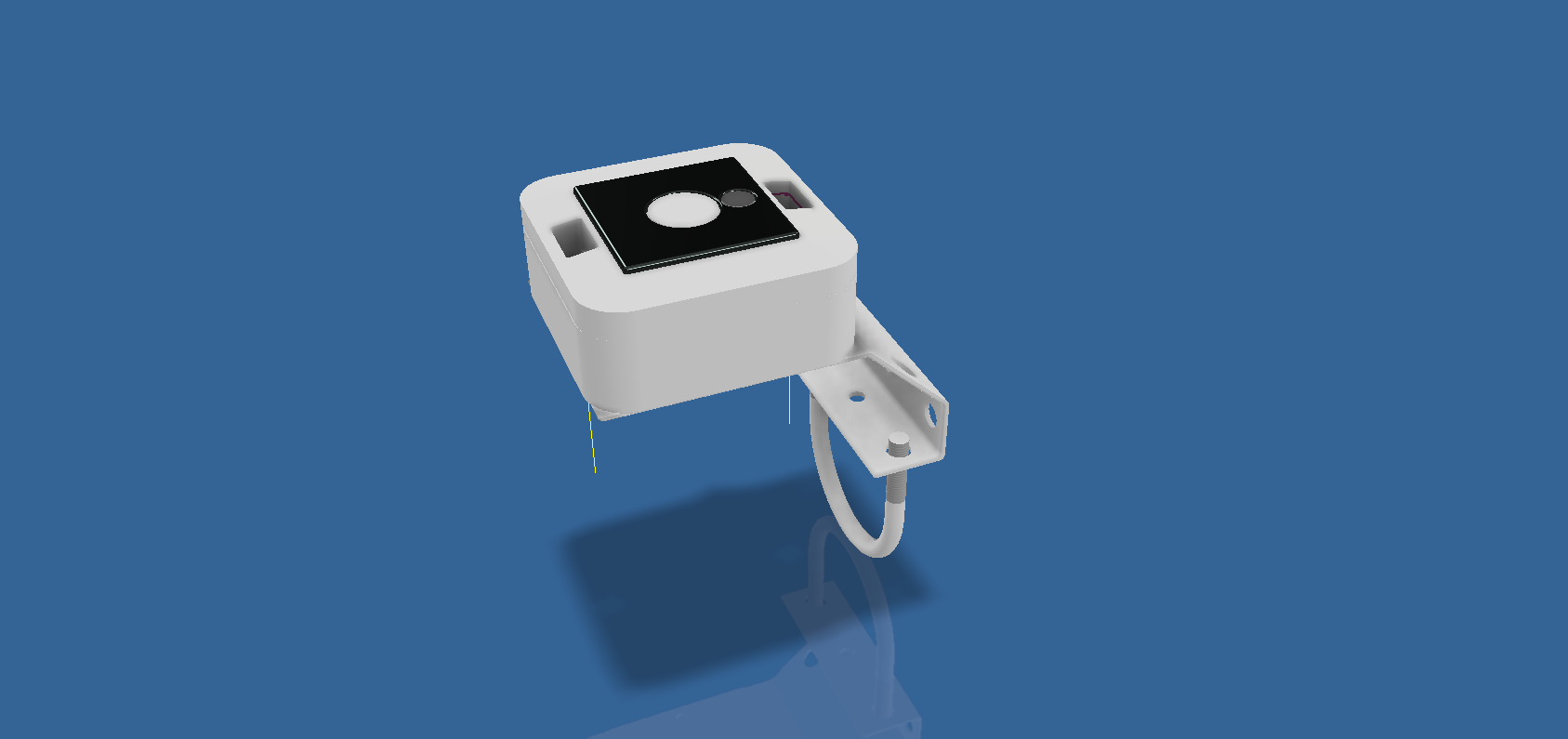-
 SONAINNOVATION REACHING THE SKY& ZEN
SONAINNOVATION REACHING THE SKY& ZEN Click Here
Click Here -
 SONAINNOVATION REACHING THE SKY& ZENClick Here
SONAINNOVATION REACHING THE SKY& ZENClick Here
-


-
 SONAINNOVATION REACHING THE SKY& ZENClick Here
SONAINNOVATION REACHING THE SKY& ZENClick Here
SERVICES
ABOUT US
Sieltec Canarias is a Spanish company founded in 2003. It is specialized in Environmental Engineering and Consultancy. The brand provides, manufactures and sales its own range of meteorological instrumentation and also represents international brands in fields such as meteorology, air quality and solar radiation with a clear multi-sectoral approach, and more precisely to energy, weather, environment, maritime and air transport industries.
Since its establishment, the company has been always involved in Research and Development aiming at becoming a national and international referral in the market of environmental technology and meteorological instrumentation.
SONA Worldwide
Hours R+D Cloud Detection
Hours in R+D
Awesome Ideas
SONA
SONA allows capturing, classifying and processing all-sky images, covering 180°+ field of view.
Its robust design with compact dimensions, with a totally complete new external case made of highly durable materials provides high reliability in harsh environmental conditions.
Their new internal sensors and embedded system for daylight or night applications, allows to reach an accurate output level in cloud observation and analysis.
The system captures HDR images of the entire sky. After the caption, the images are processed as well as the percentage of cloud coverage apart from other additional data.
The new GUI via web allows the connection to the system from your local network or from outside.
ZEN
A novel instrumentation for the detection of AOD composed of components and resistant materials perfectly combined with an intuitive and easy to use software.
The ZEN system is a new radiometer (ZEN-R52) that uses an innovative methodology for the detection of AOD (ZEN-LUT). The ZEN-LUT method is based on the comparison of zenith sky radiation (ZSR) measured with a look-up table (LUT) of Sky Radiation Calculations (ZSR).
The first version was jointly developed by Sieltec Canarias and IARC (Spain) aiming at obtaining AOD data from the radiation of the zenith of the sky at different wavelengths. It incorporates collimation lenses and internal deflectors to achieve a field of vision of -2º.
Within the instrument, there is an SBC that obtains, stores and processes the data to obtain the AOD in 4 wavelengths in real time (data are processed every minute).
SCANIR
A novel instrumentation that uses LWIR for the detection of clouds, both day and night, with the potential to distinguish layers of clouds due to its different temperature.
It represents the latest technology in cloud detection allowing the percentage of cloudiness and, thanks to the use of thermal imaging, provide additional information that allows classifying them by layers.
Like the rest of our instrumentation, its structure is highly compact and consists of resistant materials, and its components are state-of-the-art, including windows suitable for the transmission of LWIR radiation.
Its powerful internal SBC is equipped with intuitive and user-friendly software capable of capturing, storing views and data, processing and generating different views from the original thermal information.
NEW!!! WAS Devices
It is a generic device that can be used to acquire a multitude of internal sensors, each capable of performing a different function, as well as connecting sensors and devices.
The WAS concept allows rapid, simple and efficient deployment of sensor networks and instruments in the field. It is a different philosophy, in which the speed and ease of installation prevails, together with the ability to centralize all data easily. This makes it possible to avoid the high costs associated with the usual infrastructure of the facilities: expensive and large power systems, complexity of installation tasks and configuration of remote communications, etc.
The devices can use different wireless communication systems (LoRa, WiFi, BLE, Sigfox ©, LTE-M1, GPRS, GSM, ..), each of which has its advantages and disadvantages (it is recommended to ask the staff of Sieltec Canarias for the pros and cons of each of them), allowing to adjust in each case the best option for the installation of the necessary sensor network. Each sensor device (called NODE), communicates with a gateway, each of the latter being able to receive data from a large number of devices. Subsequently, each gateway sends the data to the cloud, using the system available in each case. Once in the cloud, the data is processed, stored and presented for exploitation by users.
